FUNDING CUTS IMPACT CT HUMANITIES: Help CT Humanities navigate recent funding cuts and continue our vital work across Connecticut. All donations made to CTH will be matched dollar-for-dollar up to $50,000. Donate today!
Now Viewing:
Native Americans
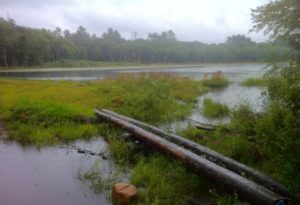
The Story of Connecticut’s Largest State Forest
Pachaug State Forest is the largest state forest in Connecticut and covers approximately 24,000 acres and crossing the borders of numerous towns.
Read
Connecticut Native American Arts
The remarkable resilience of Connecticut’s native cultures can be seen in the tribes’ social networks, political governance, commitment to educating others about native history, and their ongoing work to sustain their traditions.
Read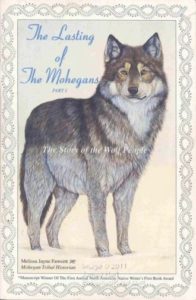
Mohegan Federal Recognition
“We are no longer the little old tribe that lives upon the hill. We are now the Nation that lives upon the hill.”
Read
The Incident of the Stonington Schooner ‘Breakwater’: A View from Indian Country
Hundreds of American Indians served as mariners, including on the Stonington schooner ‘Breakwater,’ which survived capture in the Falkland Islands.
Read
The Story Trail of Voices
Mohegan history and religion have been preserved by many different voices in many different families through Mohegan Oral Tradition. However, since before the American Revolution, four women in particular have passed on Mohegan stories.
Read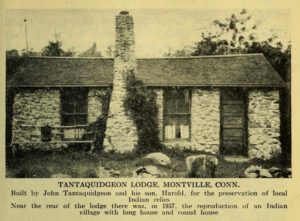
Medicine Woman Gladys Tantaquidgeon and Mohegan Cultural Renewal
Gladys Tantaquidgeon dedicated her life to perpetuating the beliefs and customs of her tribe and championed the protection of indigenous knowledge across the United States.
Read
Breaking the Myth of the Unmanaged Landscape
Evidence of early Native land use is etched into the landscape and preserved in oral tradition as well as the historical and archaeological records.
Read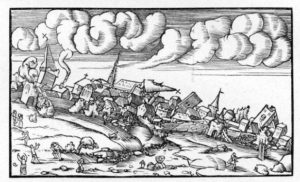
The Surprising Prevalence of Earthquake Activity in Connecticut
Connecticut has experienced thousands of earthquakes since European settled the area, the most active site being the village of Moodus in East Haddam.
Read
Chief G’tinemong/Ralph W. Sturges
This Mohegan Chief is remembered for successfully guiding the Tribe through the final stages of Federal Recognition, which it obtained in 1994.
Read
New London’s Indian Mariners
In an era of dispossession and diminishing autonomy on land, Native American mariners learned to use Anglo-American structures and institutions to establish a degree of power and personal freedom for themselves.
Read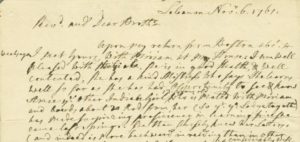
Amy Johnson: A Mohegan Woman Who Survived Colonialism
Amy Johnson was a Mohegan woman who resisted living the life European settlers wanted her to live.
Read
Mohegan Sacred Sites: Moshup’s Rock
Every nation has a spirit. The Mohegan Spirit moves and breathes within the very rocks and trees of the Mohegan Homeland in Uncasville, Connecticut.
Read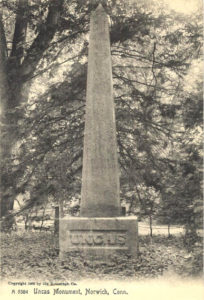
Buffalo Bill Cody Visits the Monument of Uncas – Today in History: July 2
On July 2, 1907, American adventurer and showman “Buffalo Bill” Cody visited the Mohegan Royal Burial Grounds in Norwich.
Read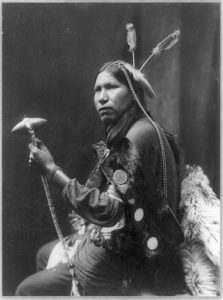
Rediscovering Albert Afraid-of-Hawk
While performing with one of Buffalo Bill’s Wild West shows in Danbury in 1900, Albert Afraid-of-Hawk, or Cetan Kokipa, died.
Read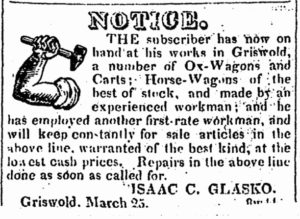
Blacksmith Isaac Glasko Challenges the State Constitution
Isaac Glasko was a blacksmith of mixed African American and Native American descent who challenged 19th-century voting rights in Connecticut.
Read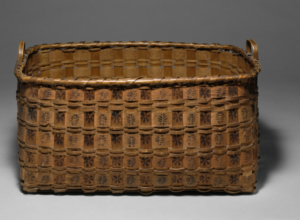
Quinnipiac: The People of the Long Water Land
The Quinnipiac still live in Connecticut and across the country, but the community is not presently one of Connecticut’s recognized tribes, nor is it federally acknowledged.
Read
Slavery and the Pequot War
Diaries, letters, and other sources from the early colonial era document cases of Native enslavement, including during the Pequot War.
Read
Lion Gardiner Helps to Fortify Early Old Saybrook
In 1635, the governor of the Saybrook colony hired engineer and soldier Lion Gardiner to build a critically needed fort for protection from both the Dutch colonists and local Native American tribes.
Read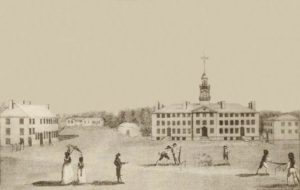
Eleazar Wheelock: Preacher, Dartmouth College Founder
Eleazar Wheelock was a notable eighteenth-century farmer, Congregational minister, revivalist, educator, and founder of Dartmouth College.
Read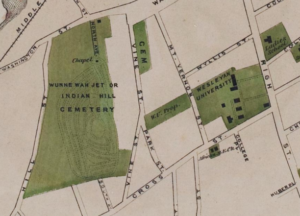
Indian Hill Cemetery and the Vernacular of the Times
Indian Hill Cemetery’s founders promoted their property as a place to find peace, both with the natural environment and with the area’s indigenous past.
Read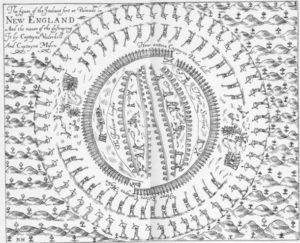
Connecticut Declares War Against the Pequot – Today in History: May 1
On May 1, 1637, Connecticut Colony declared war against the Pequot.
Read
A Volcanic Giant Sleeps in Hamden
The unique ridge that runs east-west just six miles north of New Haven is known as “Sleeping Giant” for its resemblance (from a distance) to a recumbent person.
Read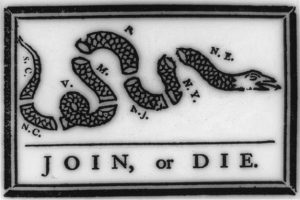
Connecticut in the French and Indian War
Connecticut troops sustained demoralizing losses before a reinvigorated British military turned the tide of the French and Indian War.
Read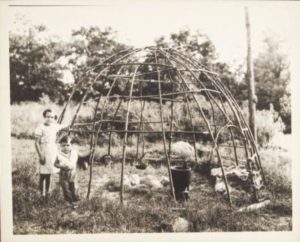
Living Rituals: Mohegan Wigwam Festival
The Wigwam festival is a modern version of the ancient Mohegan Thanksgiving for the Corn Harvest, or Green Corn Festival.
Read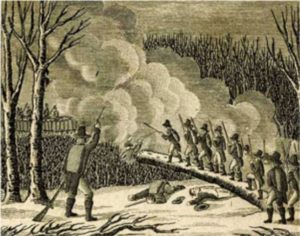
America’s Most Devastating Conflict: King Philip’s War
The ramifications of this bloody conflict echoed across the centuries.
Read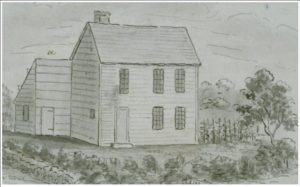
Samson Occom and the Brotherton Indians
A Mohegan and founding member of a pantribal group of Christian Indians, Occum sought to preserve Native autonomy by living apart from European communities.
Read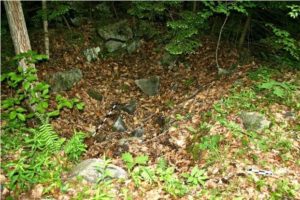
“Outcasts” Build Their Own Village in 18th-Century Barkhamsted
In a wooded area of Barkhamsted near Ragged Mountain lie the remains of a once thriving multicultural community.
Read
Causes of the Pequot War
The outbreak of the Pequot War is best understood through an examination of the cultural, political, and economic changes after the arrival of the Dutch (1611) and English (early 1630s).
Read
Connecticut’s Oldest English Settlement
The original Windsor settlement contained not only the town of Windsor but also what eventually became the towns of Enfield, Suffield, Simsbury, and others.
ReadMore Articles




